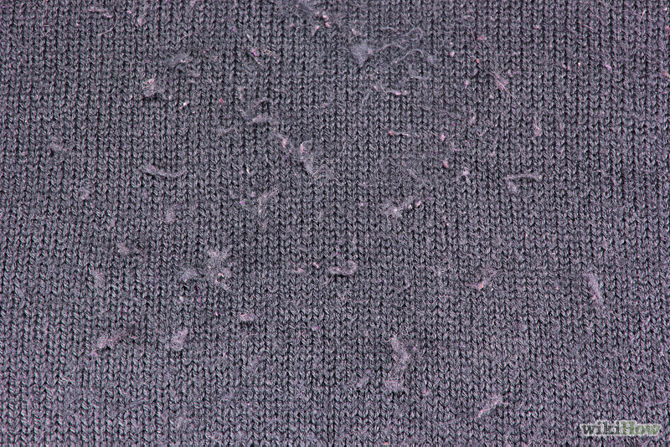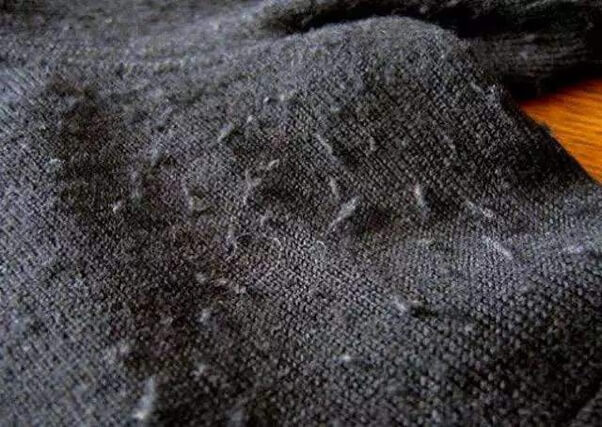Understanding T-Shirt Pilling:
Causes, Prevention, and Solutions
T-shirt pilling is a common but often frustrating issue that many people face when wearing their favorite shirts. Whether it’s a comfy cotton tee or a sleek polyester blend, pilling can quickly make your beloved shirt look worn-out and aged. In this blog post, we will explore the causes of pilling on t-shirts, how to prevent it, and the best solutions to restore your shirts to their former glory.
What is T-Shirt Pilling?
Pilling occurs when small, fuzzy balls of fabric (called pills) form on the surface of a garment. These pills are typically made of tangled fibers that have been loosened due to friction. When you wear, wash, or store your t-shirt, friction causes fibers to pull away from the fabric, creating these annoying little pills. While pilling is a natural process for many fabrics, it can significantly impact the appearance of your t-shirt.

Why Do T-Shirts Pill?
Several factors contribute to the formation of pills on your t-shirt. The most common causes include:
1. Fabric Composition
The type of fabric plays a significant role in how easily pilling occurs. Natural fibers like cotton, wool, and linen are more prone to pilling than synthetic fibers like polyester. Blends of cotton and synthetic fibers, such as cotton-polyester, are also vulnerable, although they tend to pill less than pure cotton.
2. Wear and Friction
Regular friction, especially in areas that experience frequent movement, such as the underarms, sleeves, or sides, causes fibers to loosen and form pills. The more you wear and move in your t-shirt, the greater the chance of pilling.
3. Washing and Drying
Machine washing and drying can exacerbate pilling. The tumbling action of the washing machine, combined with the roughness of the dryer drum, causes fabrics to rub together and release fibers. This friction leads to the formation of pills.
4. Low-Quality Fabric
Lower-quality fabrics or cheaply made t-shirts are more likely to pill. The fibers in these shirts are shorter and less tightly woven, making them more susceptible to loosening and forming pills.
How to prevent/reduce shirts from pilling
Inevitably, pilling may be caused by friction, underarm areas, between thighs, or the lower back where friction occurs often when seated agains a chair.
Polyester is a wrinkle-free material. If you have a deep hatred for synthetics, look for something that is a natural fibre/polyester blend. A good alternative is tetron cotton, which is made of 65% polyester and 35% cotton.
1. Wash Clothes Inside Out
Washing your shirts inside out helps minimize friction between the fabric and other clothes in the washing machine. This reduces the risk of pilling because the interior of the garment faces the agitation, while the outer surface is shielded.
- Tip: Always zip up zippers and fasten buttons to reduce friction that might cause pilling.
2. Use a Gentle Wash Cycle
Washing shirts on a gentle cycle reduces the wear and tear caused by the machine’s movement. The less agitation, the less friction, which in turn minimizes the chances of pilling.
- Tip: Avoid overloading the washing machine to allow garments to move freely.
3. Avoid Fabric Softener
While fabric softeners can make clothes feel softer, they can also break down fabric fibers over time, which increases the likelihood of pilling. Instead, use a mild detergent and skip the fabric softener if you’re trying to preserve the fabric’s integrity.
4. Dry Clothes Carefully
Drying clothes, especially in the dryer, can cause friction and damage the fabric, which can lead to pilling. To reduce pilling:
- Air Dry: Whenever possible, air-dry your shirts by hanging them up to dry or laying them flat. This is gentler on the fabric.
- Use the Dryer on Low Heat: If you must use the dryer, choose a low heat setting. High heat can weaken fibers and cause them to pill more easily.
- Avoid Over-drying: Over-drying clothes can weaken the fabric, so it’s best to remove shirts from the dryer while they’re still slightly damp.
5. Use a Pilling Remover or Fabric Shaver
If your shirt has already started to pill, a fabric shaver or pilling remover can help. These tools safely remove the fuzz balls from the surface of the fabric without damaging it. Simply run the device over the shirt’s surface, and it will gently shave off the pills.
- Tip: Use a pilling remover or fabric shaver regularly to keep your shirts looking new and prevent the buildup of pills.
6. Hand Wash When Possible
Hand washing clothes is gentler than machine washing. If your shirt is particularly delicate, consider hand washing it in cold water. This will reduce friction and help protect the fabric fibers from breaking down.
7. Store Clothes Properly
How you store your clothes can also influence pilling. Hanging shirts with wide, padded hangers helps avoid stretching, and folding them neatly avoids excess friction. Store your shirts in a cool, dry place to help maintain their fabric integrity.
8. Avoid Rough Surfaces
When wearing your shirts, try to avoid friction against rough surfaces, such as seat belts, textured furniture, or bag straps, which can cause the fabric to rub and pill. Being mindful of these interactions can prolong the life of your shirt.

